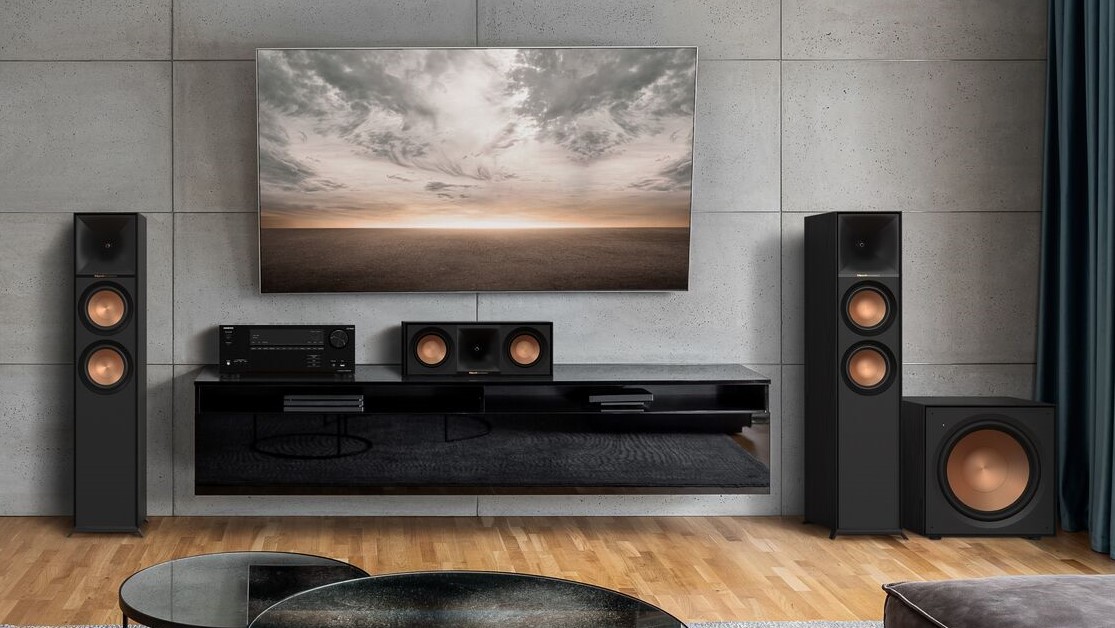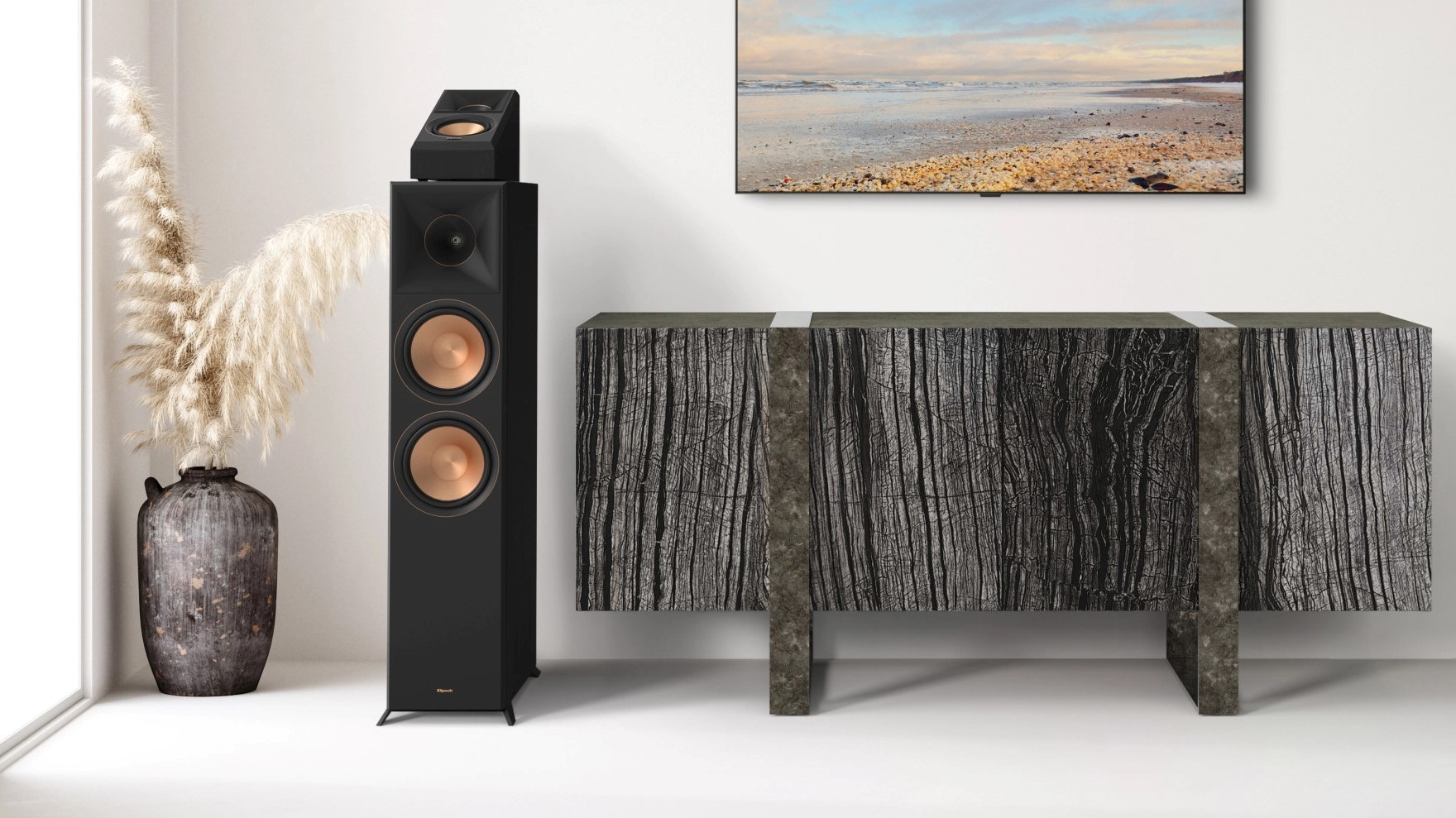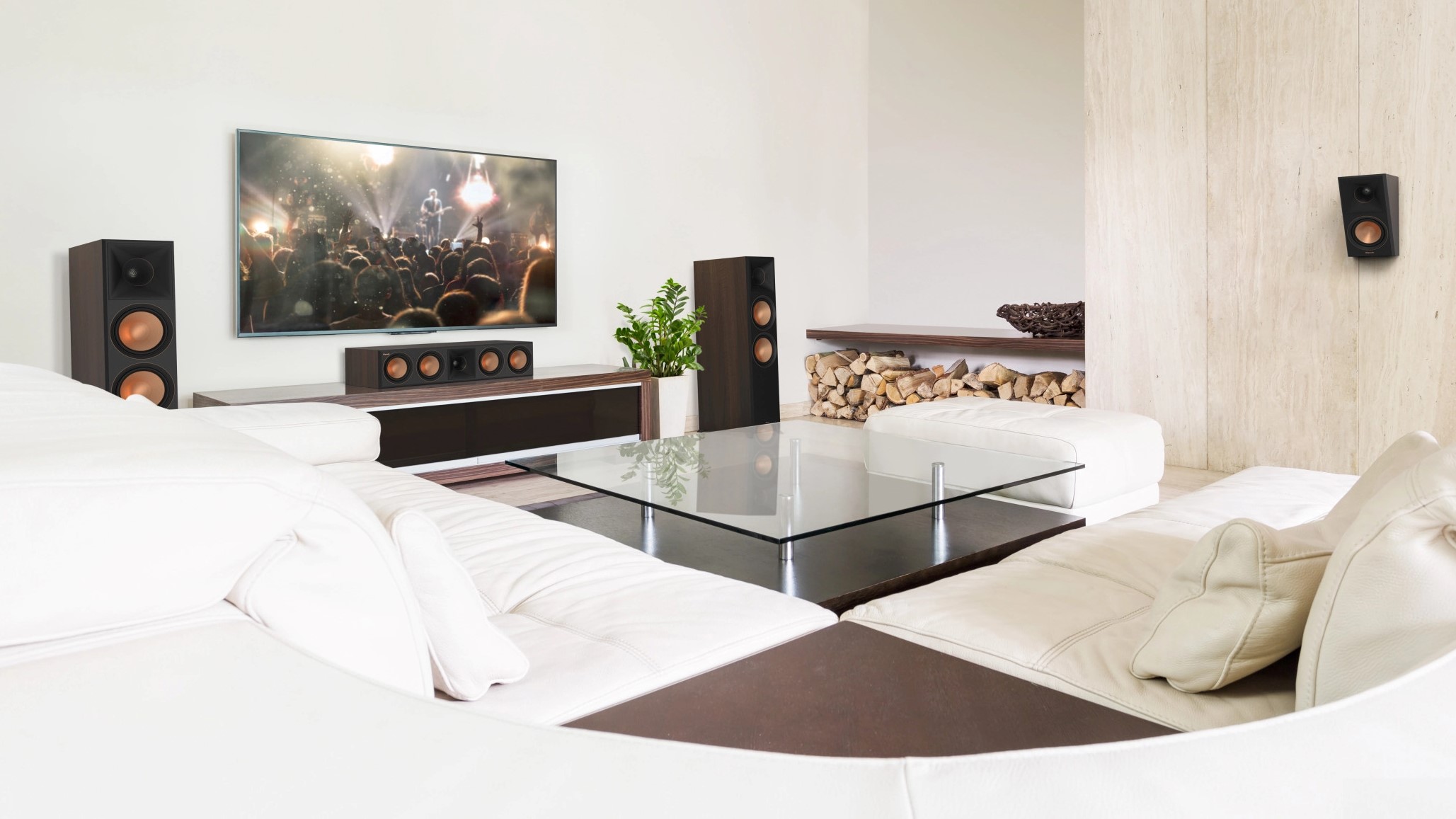Klipsch updates Reference speaker series to blow other tower designs away
Next-gen Klipsch Reference and Reference Premiere loudspeaker series go for bigger and better sound

Audio specialist, Klipsch, has announced new iterations of its Reference and Reference Premier loudspeaker ranges, available to buy starting today.
Tailored towards both hi-fi enthusiasts and multi-channel home theatre applications alike, the updated Reference series targets the more affordable end of the U.S. speaker specialist’s range of passive (non-powered) speaker designs. Prices span $279 to $899, and the updated 10-strong series sees the latest incarnation evolve into its seventh generation.
As with the previous generations, this latest iteration includes three floorstanding tower speakers, but improves the cabinet bracing to reduce internal distortions and limit sound coloration. Externally, the front baffle now sports a larger Tractrix 6-inch horn surround to allow the recessed tweeter to deliver better sound dispersion and a wider soundstage with high-frequencies.
The updated Reference series flagship is the R-605FA floorstander (priced at $899), which has Dolby Atmos height-channel speakers built into the top of the cabinet.
The other two tower models — R-800 and R-600F — each priced at $599 and $499, respectively, employ a discreet wiring system to facilitate the addition of R-40SA Dolby Atmos height-channel speaker modules ($599 each).
Two bookshelf models — R50M and R40M (priced at $399 and $279 respectively) — along with two center channel speakers — R-50C ($349 ) and R-30C ($499) — and two active subwoofers — R-101SW ($499) and R-121SW ($599) — complete the lineup.
Klipsch Reference Premiere Series: Third Gen

Moving a bit further up the Klipsch pricing ladder, the latest Reference Premiere models step the series up to its third generation. Like the Reference series mentioned above, the Reference Premiere incorporates the company's signature copper Cerametallic woofers partnered to its Tractrix port for efficient low frequencies, and also up-sizes the Tractrix horn for each model in the series.
Get instant access to breaking news, the hottest reviews, great deals and helpful tips.
This 11-strong series sports four floorstanding towers, including the RP-8060FA II ($1,499) with Dolby Atmos upward-firing drivers placed in the top of the cabinet. Further tower models including the RP-8000F II ($899), RP-6000F II ($749) and RP-5000F II ($599), can be partnered with a RP-500SA II ($699) Dolby Atmos module should you so desire and uses the same discreet wiring system as found on the Reference Series.
Lastly, the series also includes three two bookshelf models in the form of the RP-600M II ($749) and RP-500M II ($599) that can be used as main speakers in smaller environments or as rear or even side speakers in multi-speaker configurations.
Additionally, there are three center channel speaker models, including the RP-504C II ($799) and RP-404C II ($599) and RP-500C II ($499). A further surround model is the RP-502S II ($899) bi-directional speaker which can be rear or side wall mounted for expansive multi-channel audio configurations.

Along with the upgrades outlined above, Klipsch has also updated the binding posts at the back of the speakers to aluminum on the Reference Premiere series, and metallic-coated on the Reference line. The non-Dolby Atmos towers include a set of output jacks near the top of the cabinets so you can neatly add a set of dedicated height surround modules without seeing the cables dangling down the back of the speakers.
All models are available to buy now directly from Klipsch and its retailer partners. Reference models come in ebony finishes only, while Reference Premiere models come in ebony and walnut finishes.

Lee was Tom's Guide's audio editor, where he covered all things audio for Tom's Guide, including headphones, wireless speakers and soundbars and loves to connect and share the mindfulness benefits that listening to music in the very best quality can bring. As a former editor of the U.K.'s Hi-Fi Choice magazine, Lee is passionate about all kinds of audio tech and has been providing sound advice to enable consumers to make informed buying decisions since he joined Which? magazine as a product tester in the 1990s. Lee has joined the passionate audio experts at audiograde.uk where he writes about luxury audio and Hi-Fi.
